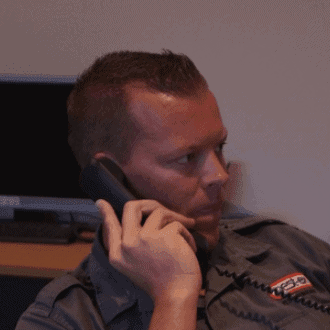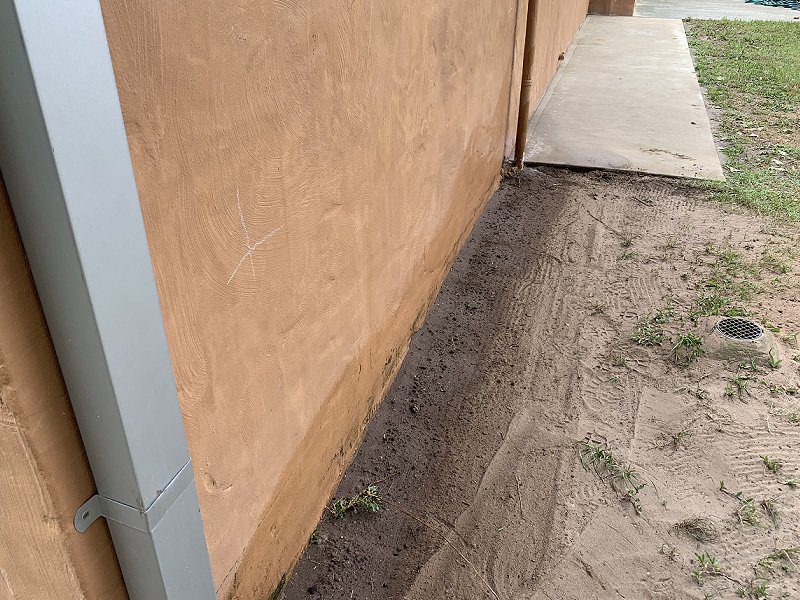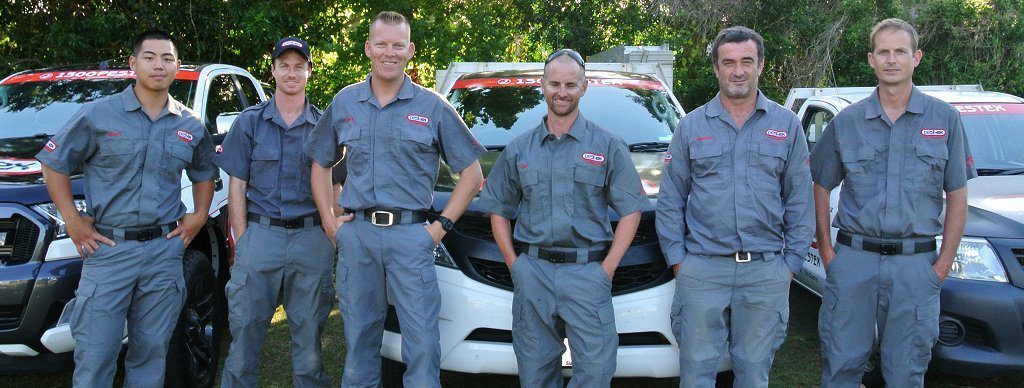
Got a Pest Problem? Call Us Today →

“What’s the best way to treat for termites? We live in a home on a sloping block with one side of the house, built into the soil, and the front raised up on stilts. Is there a way for us to protect our home?”
 The best treatment method depends heavily on the type of home you live in, the severity of the infestation and of course your budget. There’s a number of factors that come into play which we’ll look at below.
The best treatment method depends heavily on the type of home you live in, the severity of the infestation and of course your budget. There’s a number of factors that come into play which we’ll look at below.The best way to treat a termite problem depends a lot on the type of property you live in. For eg, the way we provide treatment for a pole home, compared to a traditional slab home, are completely different. Slab homes are usually treated using a chemical barrier, whereas a pole home, or house built on raised foundations, are treated using bait stations.
If you suspect a termite infestation in your home, it’s essential to act quickly. Here’s how you can effectively treat a termite infestation:
When it comes to the actual treatment, here at Pest-Ex we only use high-quality products and systems that will effectively solve your termite problem and provide you with a warranty for assurance.Let’s take a look at some of the ways we provide treatment and why they’re often the best methods for effective termite control.
Our methods align with the latest industry standards, including the Australian Standards for Termite Management. This ensures we’re providing the most reliable and safe solutions for your home.

Chemical termite barriers are the most suitable solutions for slab homes, as we’re able to inject product around the entire permiter of the property, ensuring total protection. We do by injecting Termidor at a rate of 10 litres per meter around the home. This provides the house with a complete treated zone around the perimeter, which penetrates right down to the footings ensuring termites won’t be able to enter your house without passing through a treated zone. Termidor comes with an 8 year guarantee, and is the best product available in terms of termite protection.
Termidor is a non-repellent chemical barrier treatment, which essentially means termites can’t detect it. The objective isn’t to kill the termites upon contact of the product – instead as termites pass through the treated area they come into contact with the product, then it slowly begins to take affect. But there’s more to it.
The active ingredient in Termidor is called Fipronil, which works differently from other termiticide chemical barriers. Other products are designed to repel termites from a treated area and kill them when they come into contact with it. Termidor is different in that it’s lethal to termites that ingest it, or pass through it. The chemicals penetrate their system through this process, which then begins to take affect after a period of between 18 to 21 days.
The fact that the termites don’t die immediately makes the overall treatment more effective. After they’re exposed to the chemical, the termites return to the main nest, passing on the chemical to other termites. This is where Termidor really has a huge impact and what eventually leads to entire nest being eliminated. Termites are social creatures that interact with each other. Other termites will groom them, rub up against them or pass food to them and in this way will also come into contact with the chemicals and begin to die off.
In this way, just a small number of affected termites can eventually expose hundreds of thousands of termites in the nest to the chemicals. This process ultimately leads to the elimination of the entire termite colony. This process is known as the “transfer effect”.
As said, Termidor is a leading brand and acts as a non repellant, which continues to offer protection against termites for eight years, with only a single application. By using Termidor, we can achieve 100% control of termites within three months or less.
Before rushing out to buy Termidor, it should be known that Termidor isn’t a DIY solution that home owners should be attempting. It should only be used by accredited pest controllers, otherwise any types of warranties become void. Our team are fully licensed and have the required certification, so if you’re considering a termite barrier to protect your home, give us a call.

If your home is built on a sloping block, or its built upon raised foundations, a chemical barrier won’t be suited.
A chemical barrier is only suitable if we can access the entire perimeter of the house. With a split-level home, or one built on a sloping side block, as the foundations are raised, there’s really no way to provide protection at the permiter as its not in contact with the ground. The best option here are termite bait stations.
We use a product called the Exterra Termite Interception and Baiting System. It eliminates a colony in the same way that Termidor does. The termites feed on the bait, then they spread it back to the nest where the other termites are exposed to it and eventually die too.
Baiting stations of this kind are also suitable for pole homes. Australian Standards require termite bait traps to be placed in three-metre intervals, which ensures adequate protection.
Exterra stations are bar-coded, which allows us to track and record their results when we perform our monthly inspection. If we find active termites within the stations, we then add Exterra’s non-toxic bait. The termites return to the colony and spread the toxins, ultimately killing off the entire nest. We’re typically able to control termites within six to 18 months using the Exterra termite bait/monitoring systems.
Homeowners that have a house built on a flat slab also have the option of using termite bait systems. Some prefer this, as it’s less intrusive to install. Bait systems are also a solution if we need to treat outdoor tiled areas or entrances that have been laid with porcelain tiles. Homeowners understandably don’t want these structures damaged in any way due to the way in which chemical barriers are installed. Bait stations can be used in these areas while a chemical barrier treats and protects the rest of the home. We’ll advise you on the best solution in cases such as this.
The only downside to bait systems, compared to chemical barriers, is that they require regular servicing, which is an additional cost for homeowners. If you’re unsure, we can recommend the most cost-effective and suitable termite treatment when we inspect your property.
Active termites are the most dangerous, and quick action is needed. Here’s how we treat active termites in your home:
Termidor comes with a $2 million guarantee, subject to the slab construction type and warranty conditions being met. Exterra comes with a $100,000 guarantee as long as the homeowner has eliminated conditions that are considered to be conducive to termite infestations. We’ll inspect your property to rectify any high-risk areas and ensure the warranty is validated.

When we inspect your property, we’ll be able to determine which system is suitable for your house. We’ll then provide you with a full report on your property and a recommendation of the best solution to treat termites.
Give us a call to get the process started.







